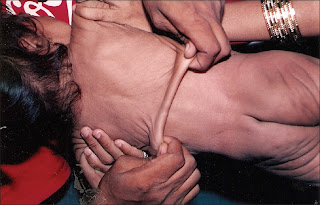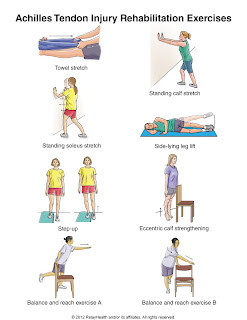The Dukan Diet is a protein-based diet designed by French doctor Pierre Dukan. His book The Dukan Diet has sold more than 10 million copies globally.
The diet is based on a list of over 100 allowed foods, as well as four specific ground pillars also known as phases: attack, cruise, consolidation, and stabilization.
The first "attack phase" when only protein and oat bran may be eaten. Dieters can choose from 72 lean or low-fat meats (excluding pork and lamb), fish, poultry, eggs, soy, and nonfat dairy.
This is followed by the "Cruise" phase, which allows unlimited amounts of 28 non-starchy vegetables Carrots, peas, corn, and potatoes are not on this list of vegetables but appear in the next phase.
Phase 3, "Consolidation," allows unlimited protein (including pork and lamb) and vegetables every day, along with one piece of low-sugar fruit, 2 slices of whole-grain bread, and 1 portion of hard cheese. Dieters can also have 1-2 servings of starchy foods and 1-2 "celebration" meals per week during this phase.
Phase 4, "Stabilization," is the maintenance portion of the plan.
Combine this diet with exercise to multiply the benefit. Whether an hour a day in the weight room or just a 30 minute brisk walk every day, the added benefit of a regular exercise program really do increase and accelerate healthy weight loss.






.jpg)




